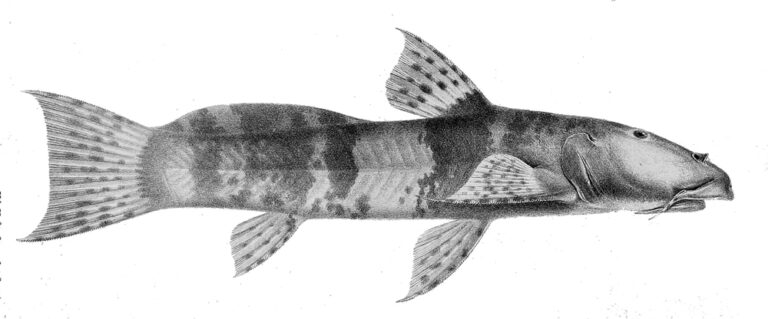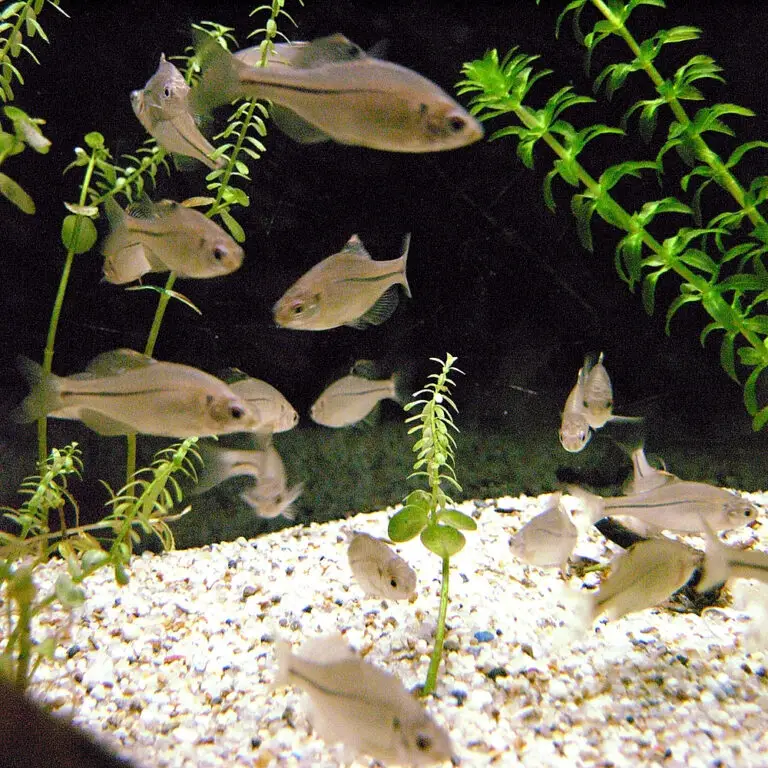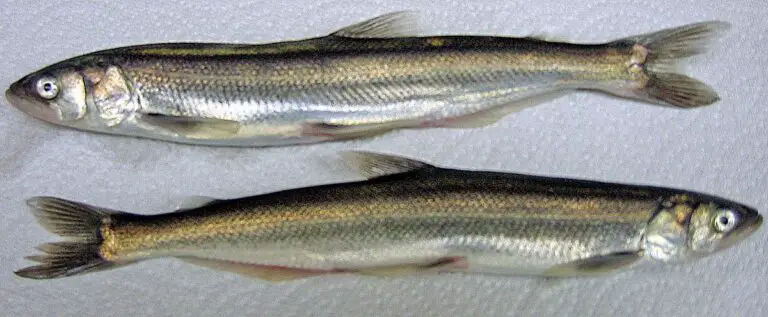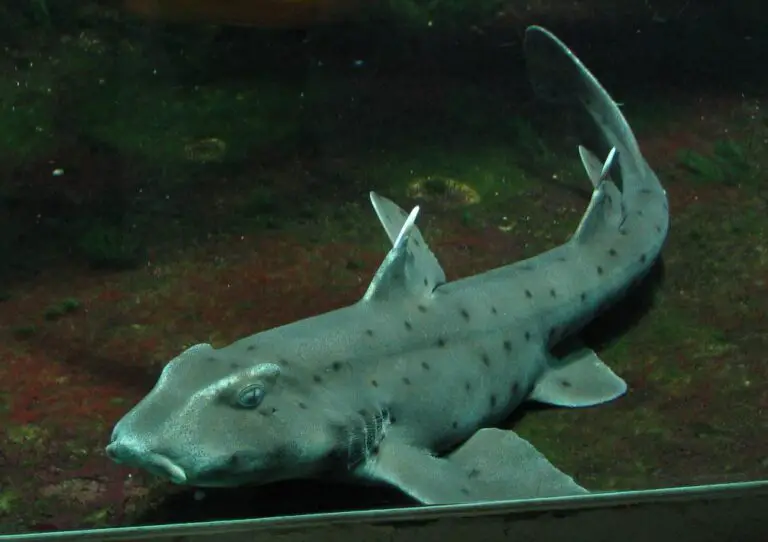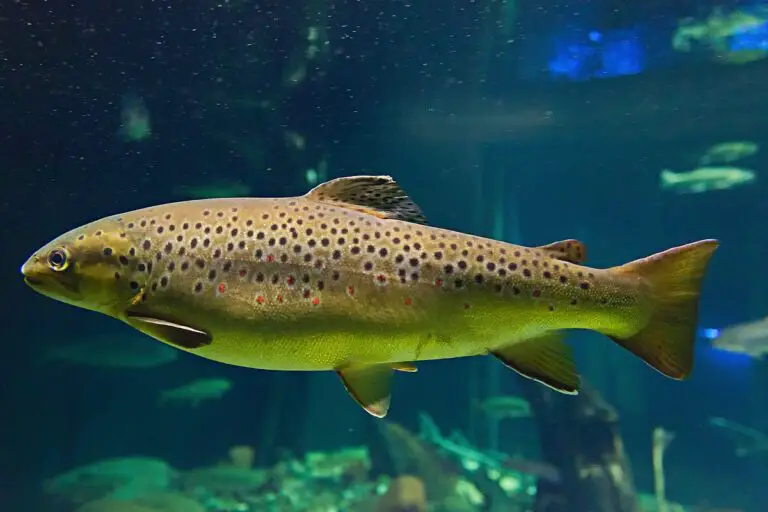Danios (Danio rerio)
“These fish make a popular choice for aquarium hobbyists due to their hardy nature.”
Danios, specifically the species Danio rerio, commonly known as zebrafish, have the following scientific classification:
- Kingdom: Animalia
- Phylum: Chordata
- Class: Actinopterygii
- Order: Cypriniformes
- Family: Cyprinidae
- Genus: Danio
- Scientific Name: Danio rerio
Conservation Status
- Least Concern
Geographic Location
- Asia
Danios are small, freshwater fish commonly found in the streams, rivers, and ponds of South Asia. They are often used as model organisms in scientific research due to their transparent embryos and rapid development.
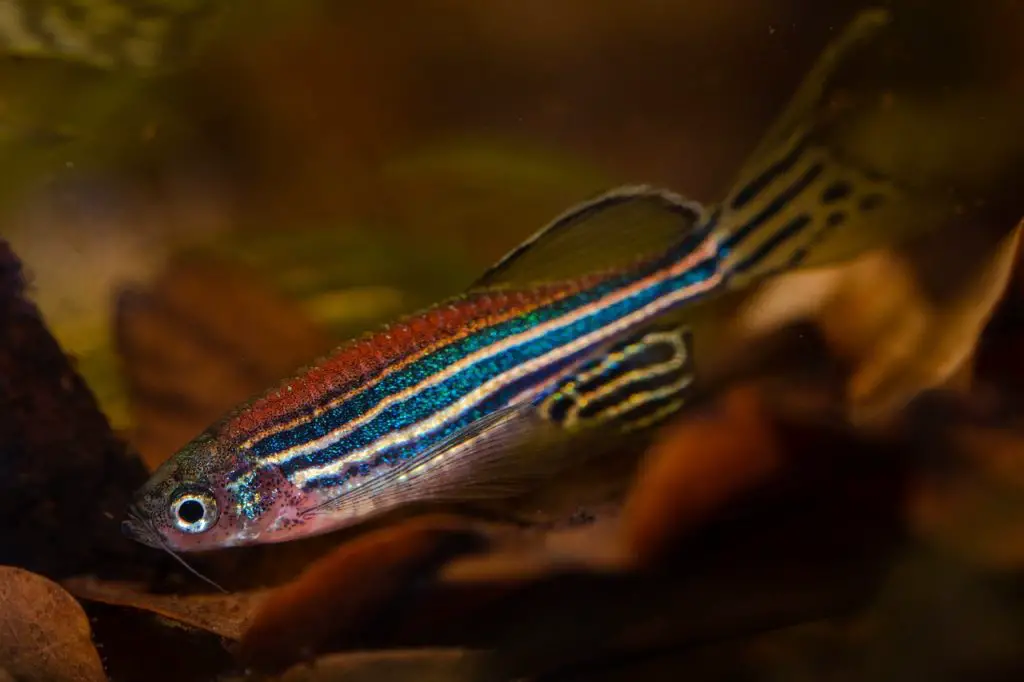
Danios Facts
- Prey: Small insects, worms
- Group Behavior: School
- Fun Fact: These fish make a popular choice for aquarium hobbyists due to their hardy nature.
- Biggest Threat: Loss of habitat
- Most Distinctive Feature: Stripes down the side of most species
- Other Name(s): Zebra fish
- Gestation Period: 1.5-2 days
- Optimum pH Level: 7.0-7.8
- Habitat: Streams, ponds
- Predators: Larger fish and amphibians
- Diet: Omnivore
- Common Name: Danios
- Number Of Species: 27
Danios Physical Characteristics
- Color: Black, White
- Skin Type: Scales
- Lifespan: Up to 5 years
Danios, including the well-known zebrafish (Danio rerio), are small, hardy fish often kept by aquarium enthusiasts. Their distinctive stripes and ability to thrive in a variety of conditions make them popular pets. In the wild, they inhabit streams and ponds in Asia, forming schools and feeding on small insects and worms. Despite their resilience, habitat loss remains a significant threat to their populations.
Danios are a favorite among aquarium enthusiasts because they are tough and adaptable. They come in various types and colors, but they all share some common traits: they’re small, hardy, and very active swimmers. They can handle a wide range of water conditions and have a good appetite.
It’s important to remember that danios are schooling fish, which means they thrive in groups. Keeping just one or two can stress them out and negatively impact their health, so it’s best to keep them in groups to ensure they stay happy and healthy.
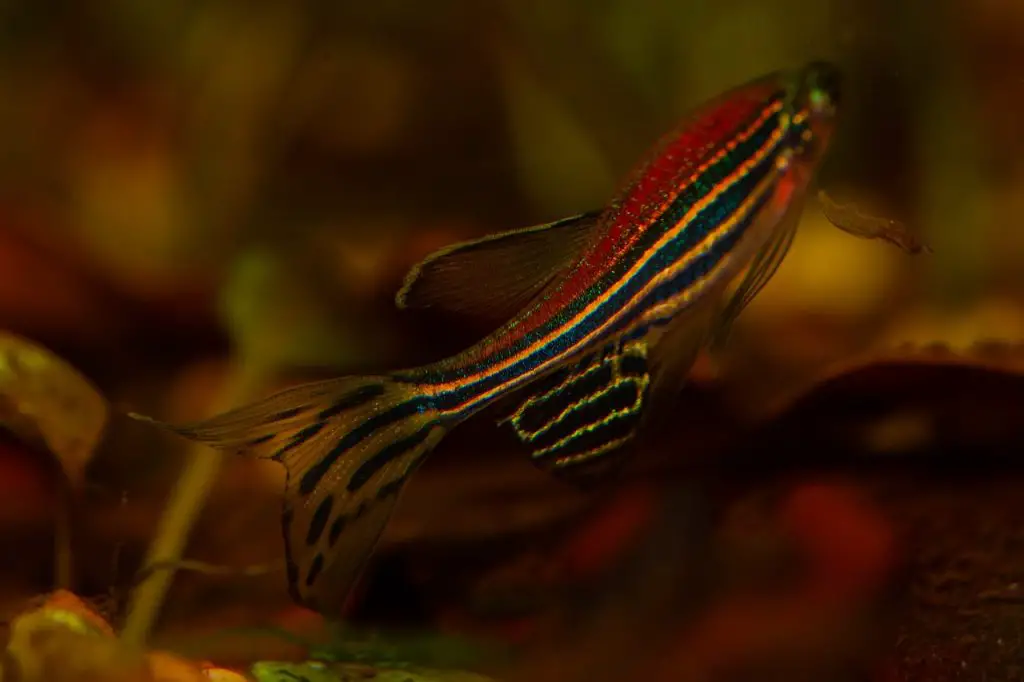
3 Danios Fish Facts
- Perfect for Home Aquariums: Different types of danios are excellent additions to home aquariums because of their hardy nature and active personalities. They adapt well to various water conditions and bring lively movement to the tank.
- Natural Jumpers: Danios are surface dwellers and natural jumpers, so it’s essential to have a lid on their aquarium to prevent them from leaping out.
- Captive-Bred: Most danios sold as pets are bred in captivity, ensuring they are well-suited for life in a home aquarium.
Danios Classification and Scientific Name
Danios fish belong to the family Cyprinidae, and their scientific name is Danio rerio. The name “danio” comes from the Bangla word “dhani,” which means “of the rice field.” They are also commonly known as zebrafish because of the stripes that run along the sides of most danios species.
Danios Species
Danios fish comprise 27 species, all of which share some distinctive features. Every danio species has two pairs of long barbels—whisker-like sensory organs near their mouths. Most danios also sport horizontal stripes. Here are some notable species:
- Celestichthys margaritatus (Celestial Pearl Danio): Also known as the galaxy rasbora, this species is originally from Myanmar and is popular in aquariums for its bright colors and lively behavior.
- Devario aequipinnatus (Giant Danio): This energetic and easy-to-care-for fish is suitable for larger tanks. Growing up to 4 inches, they require at least a 30-gallon tank. Giant danios are schooling fish, thriving in groups.
- Danio rerio var frankei (Leopard Danio): Native to India, the leopard danio is named for the spots covering its body, unlike most danios which have thin horizontal lines.
- Danio kerri (Blue Danio): Known for its attractive bright blue body and golden-pink lines, the blue danio is a good choice for beginners. Like other danios, they are active and need space to school and swim.
These diverse and vibrant species make danios a favorite among aquarium enthusiasts.
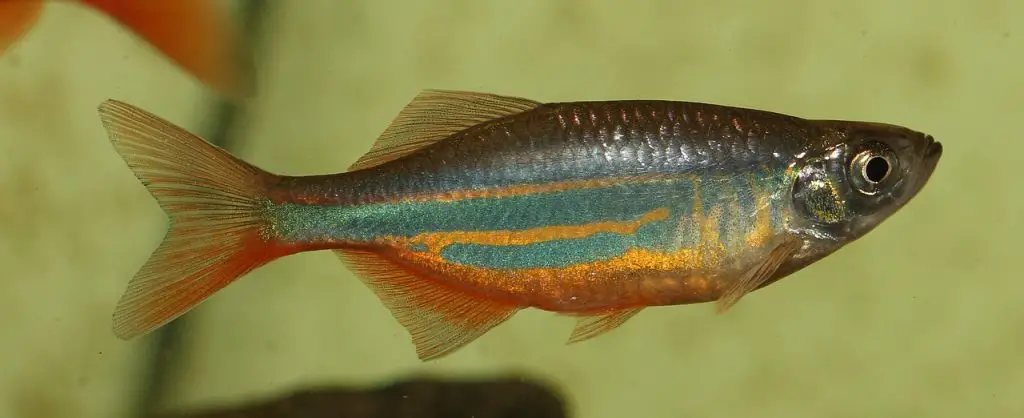
Danios Appearance
Danios are small fish, typically maturing to around 2 inches in length, and they come in a variety of colors. Most danio species feature thin, horizontal stripes along their sides, adding to their distinctive and attractive appearance. Their small size and vibrant colors make them a popular choice for home aquariums.
Distribution, Population, and Habitat
Danios live in freshwater habitats and are adaptable to various water conditions. While most species prefer calm or even stagnant water, some thrive in fast-flowing waterways. In the wild, danios can be found in diverse environments such as floodplains, rice paddies, canals, ditches, streams, and ponds.
Predators and Prey
Danios are omnivores and part of their diet includes catching their own prey. However, their small size also makes them an attractive meal for other animals. Their speed and schooling behavior help protect them from some predators.
Predators of Danios
- Larger fish
- Birds
- Small amphibians
Diet of Danios
- Small insects
- Larvae
Danios’ omnivorous nature allows them to thrive in various environments by consuming a diverse range of food sources.
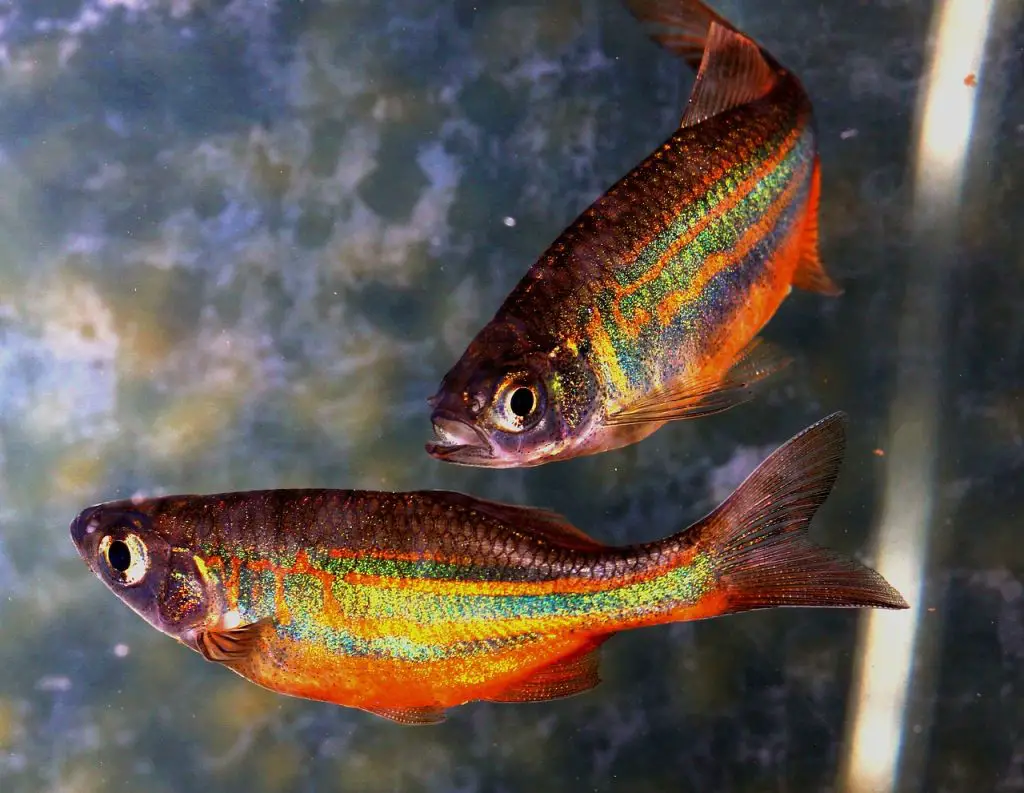
Reproduction and Lifespan
Danios reproduce by spawning, a process common to many fish species. Here’s an overview of their reproductive behavior:
- Spawning Process:
- The male selects an area, usually with vegetation, to provide better camouflage for the eggs.
- The female releases eggs, and the male simultaneously releases sperm, resulting in external fertilization.
- Egg and Larvae Development:
- The eggs hatch quickly, and the young are fully independent upon emerging from the eggs.
- A single female danio can lay hundreds of eggs during spawning.
This reproductive strategy ensures a high number of offspring, increasing the chances of survival despite predation and environmental challenges.
Before You Go…
Danios are small, hardy freshwater fish known for their vibrant colors, active behavior, and ease of care. With over 27 species, they exhibit a wide range of characteristics and preferences, making them versatile additions to home aquariums. Their omnivorous diet, schooling behavior, and adaptable nature contribute to their popularity among aquarium enthusiasts. Additionally, their reproductive strategy of external fertilization and rapid egg development ensures a high likelihood of survival in the wild. Overall, danios are fascinating and resilient fish that bring life and vibrancy to any aquatic environment.
